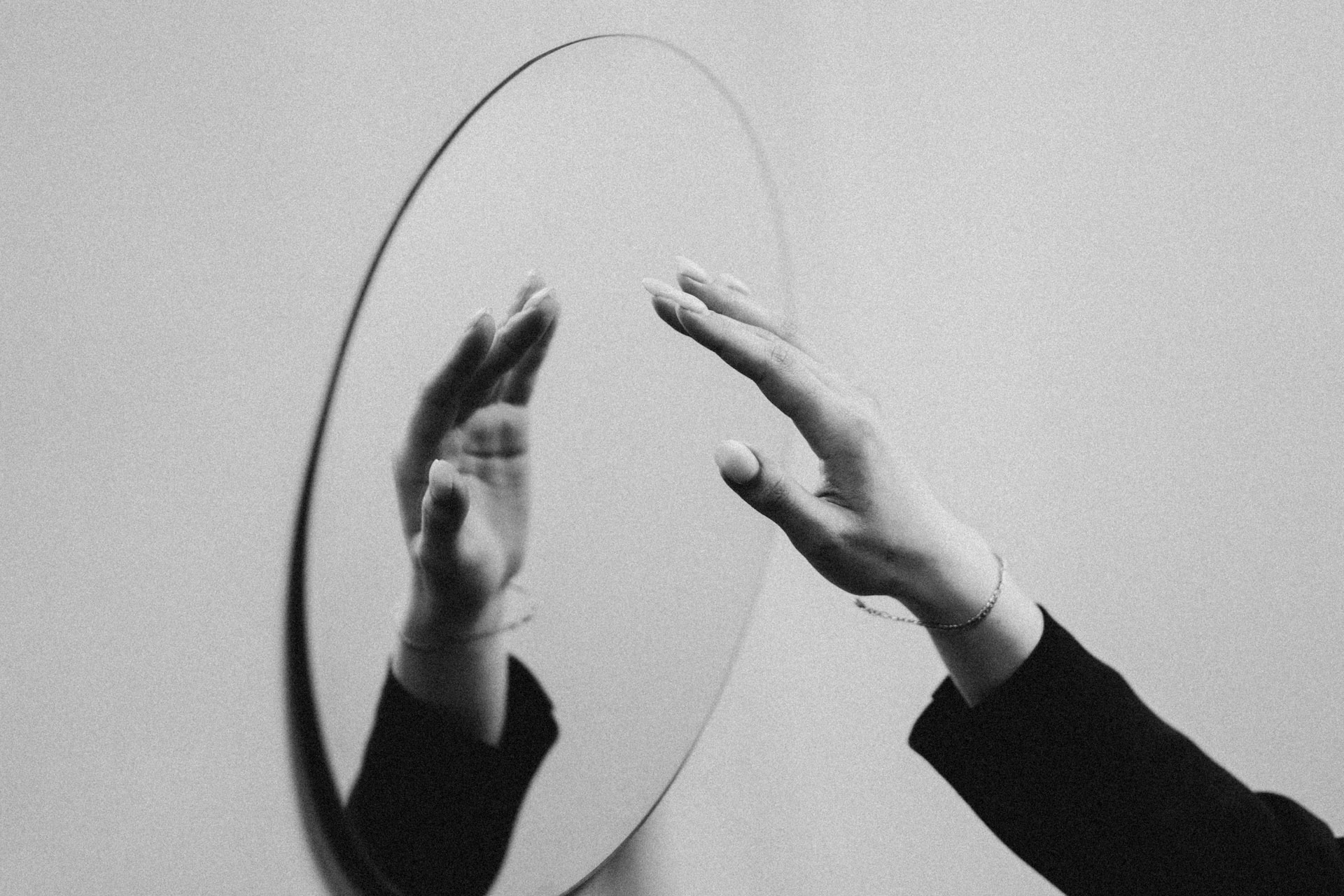
Iain Bamforth floats a teasing but fundamentally challenging question in Scattered Limbs: A Medical Dreambook, asking if all people who visit the doctors are patients.1 While this may be almost unilaterally true of secondary care (although perhaps there may be some hospital colleagues who disagree!) it opens up a far more nuanced discussion in primary care.
As with all things, it is language that creates the starting point: ‘doctor’, from the Latin ‘to instruct, teach or point out’; ‘nurse’, from an old French version of the word meaning ‘to nourish’; and ‘patient’, from the Latin ‘to suffer’. It is common shorthand for those in the waiting room to be referred to as patients, regardless what it is they may be coming in for. But are all those who come actually suffering?
While language can illuminate it also has the capacity to divide and subjugate. One of the shadow consequences of the Victorians’ drive for taxonomy was to create race and hierarchy, and the power structures that exist implicit within these ideas. When we talk of doctor and patient, we instinctively see both as very separate groups. Traditionally the medical system is very patriarchal, with the doctor taking on a very didactic role and the patient expected to be the passive and grateful recipient of whatever treatment plan was arranged; however, much of our modern training has been to see the relationship as far more equal, or a meeting of ‘two experts’, as David Tuckett describes.2
“Stripped back of language and assumed meaning, there ultimately sit two human beings in the same space.”
In many ways having defined roles makes things much easier, the clinician is there to help and the patient to be helped. In terms of the anxiety and uncertainty that an appointment is likely to create, this structure promises uncomplicated boundaries that should be straightforward to navigate.
But what of the moments when these labels become prohibitive rather than transformative? As we have all experienced in primary care, not all those who come are needing urgent tests nor action. A great many come in for advice, to discuss a situation or family member, or simply to see what support is available for something that is ongoing. Does a discussion about the merits of having a prostate-specific antigen test make someone a patient? Or whether to be on statins? Or that they are struggling with their child’s behaviour at home? What about if they are at the end of their tether about the decline of an ageing parent or their marriage is breaking down?
An increasingly pertinent topic is the menopause, are all women going through this patients? Does something become medical once medicine is given for it, if that is true then does prescribing hormone-replacement therapy convert the menopause into a medical condition? Does being pregnant make you a patient?
“… the person sitting in the chair telling their story could one day be the reality of the person listening.”
This seems to reveal the area of grey in which primary care exists. At what point does the presenting complaint cross the porous barrier from being a human issue to a medical issue? You only have to look at the recent increase in options for mental health diagnoses. The Diagnostic and Statistical Manual of Mental Disorders (DSM), for example, was first published in 1952 with 102 categories of disease, whereas the fifth edition of the DSM, which was published in 2022, has well over 300 (‘prolonged grief’ being one of the latest diagnoses).
At the nub of GP practice is the relationship that is fostered between its participants. A potential sharing of knowledge, experience, and expertise. An awareness that the person sitting in the chair telling their story could one day be the reality of the person listening. The two protagonists are perhaps interchangeable depending on circumstance, time, and place. There is a deep reciprocity when approached from this angle, both have something valuable to give the other, both have something important to receive.
Stripped back of language and assumed meaning, there ultimately sit two human beings in the same space. Both of whom with the opportunity to share something significant with the other. No consultation is ever the same, even if it might be with a well-known patient (again I appreciate this might feel debatable). Undoubtedly we are privileged to temporarily sit where we do on our side of the clinical line and for this to be our workplace. Even if the current concoction of politics, resources, and workload might conspire to not always allow it to feel that way!
References
1. Bamforth I. Scattered Limbs: A Medical Dreambook. Cambridge: Galileo Publishing, 2020.
2. Tuckett D, Boulton M, Olson C, Williams A. Meetings Between Experts: An Approach to Sharing Ideas in Medical Consultations. London: Tavistock Publications, 1985.
Featured photo by Михаил Секацкий on Unsplash.








